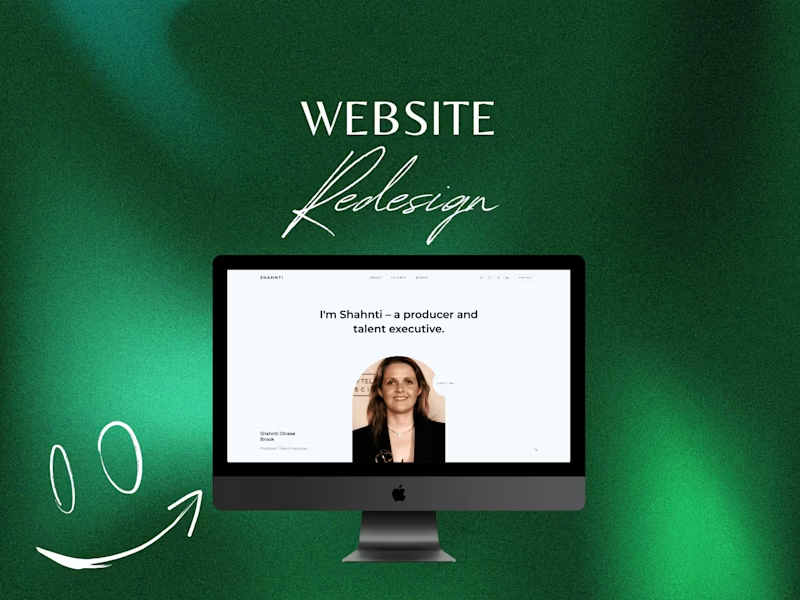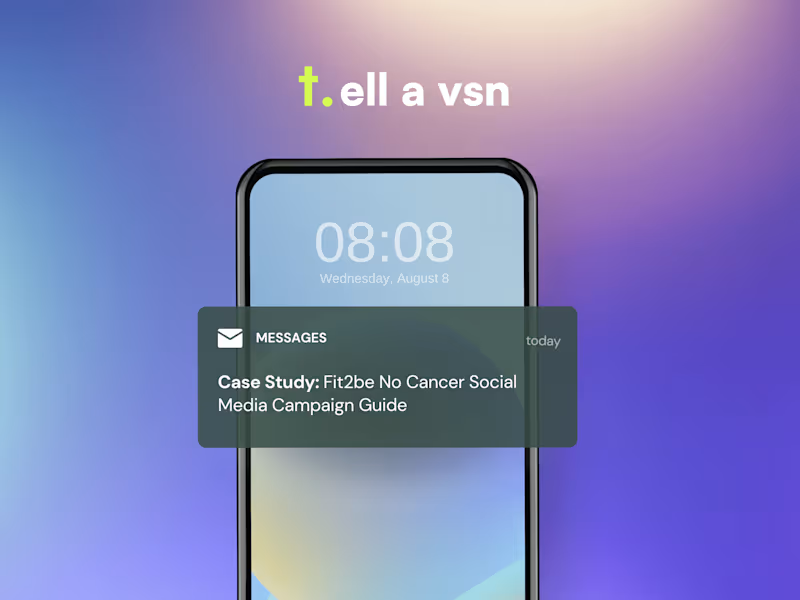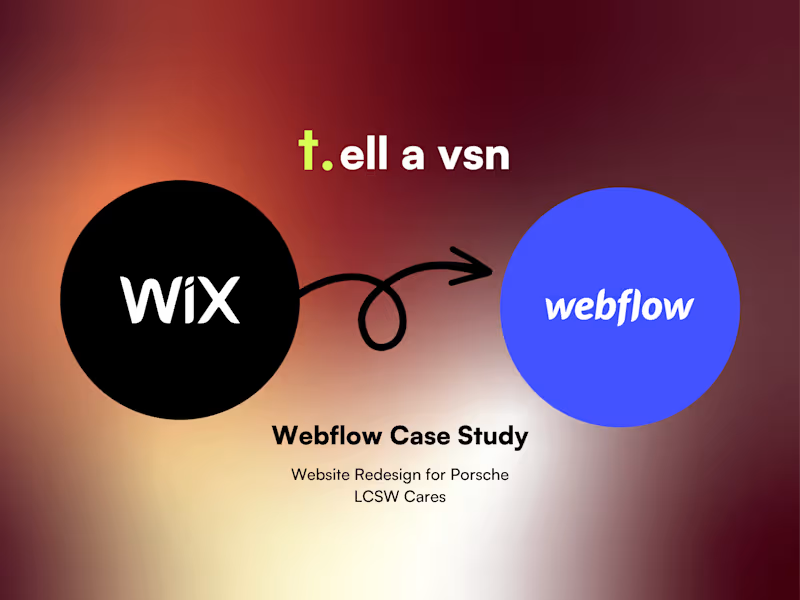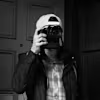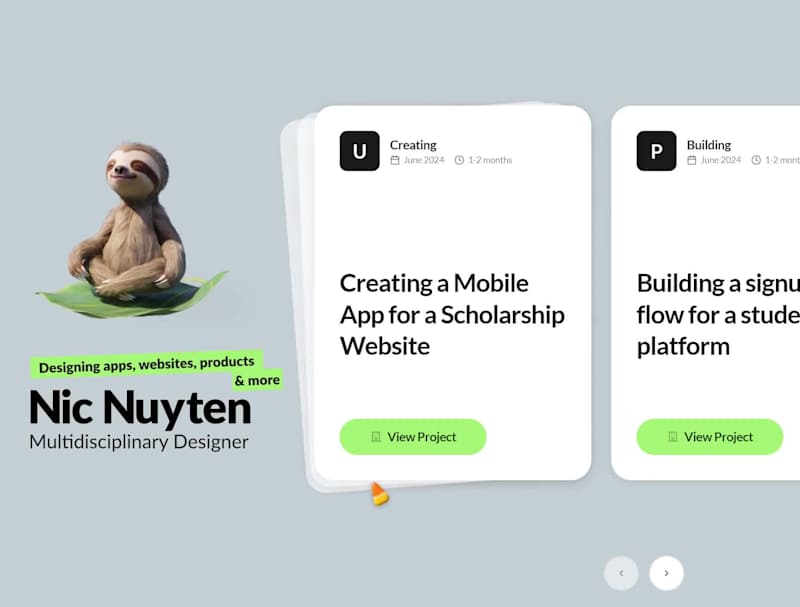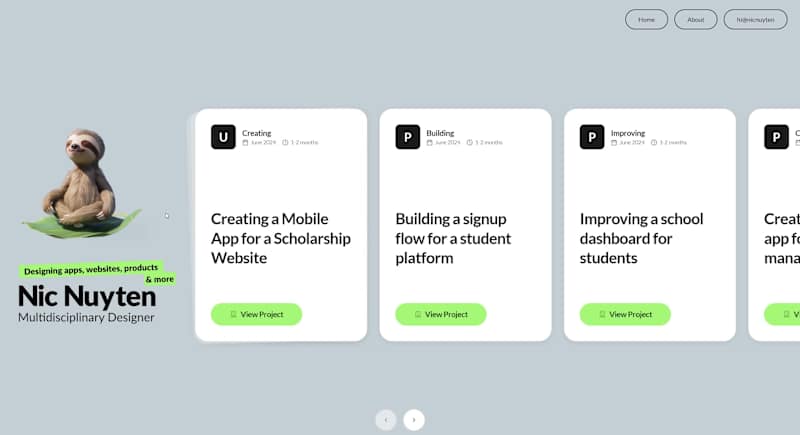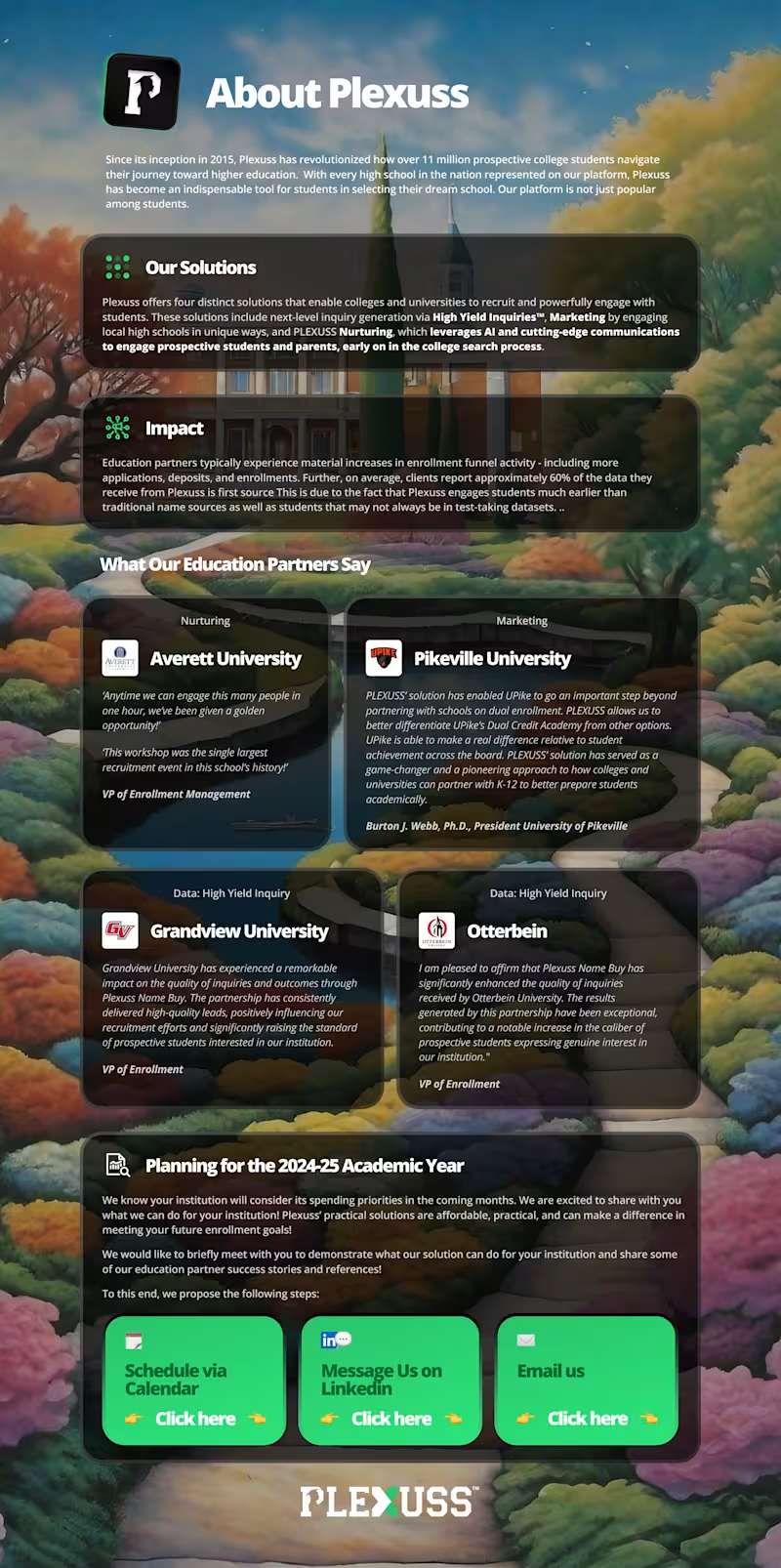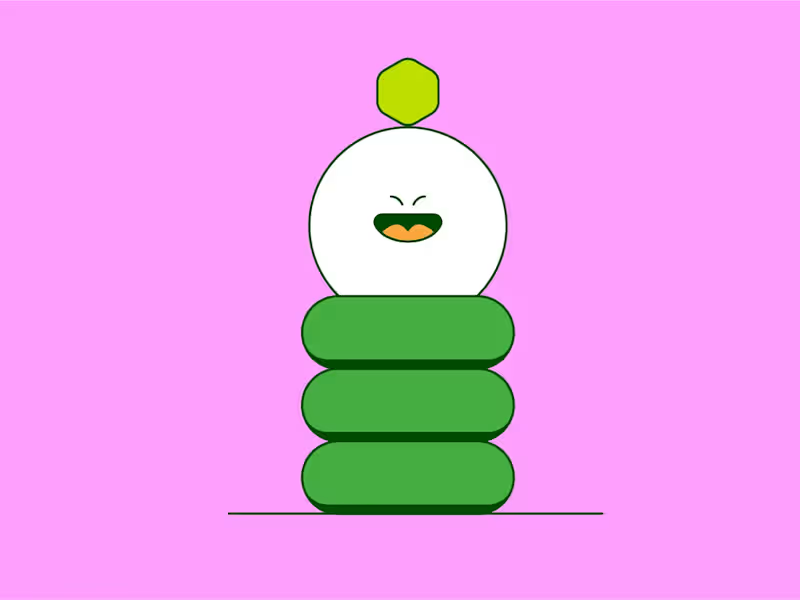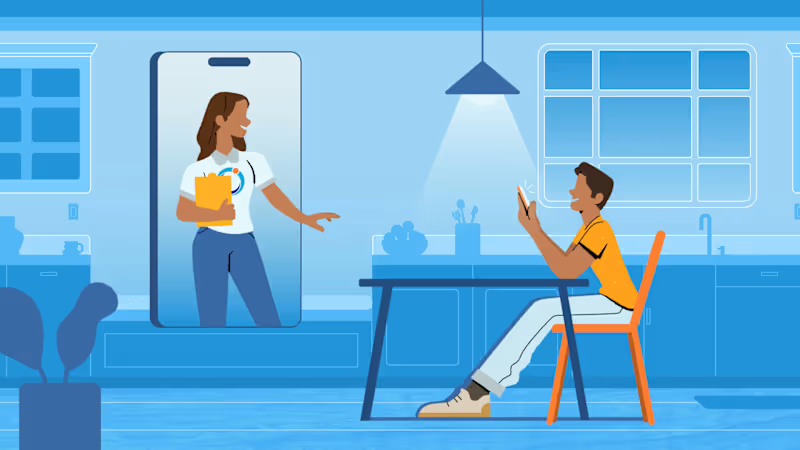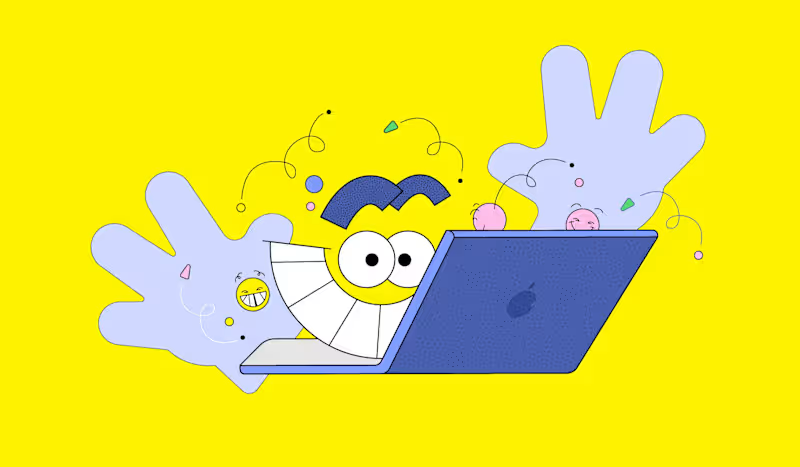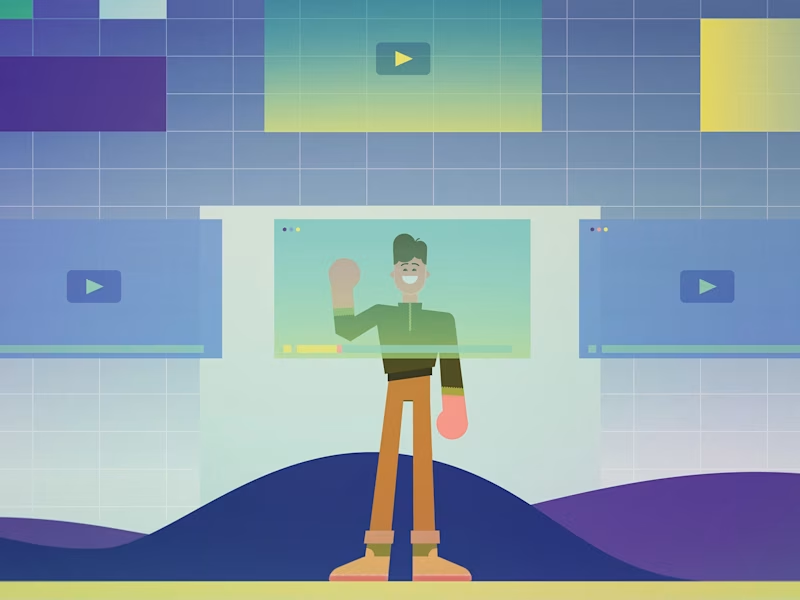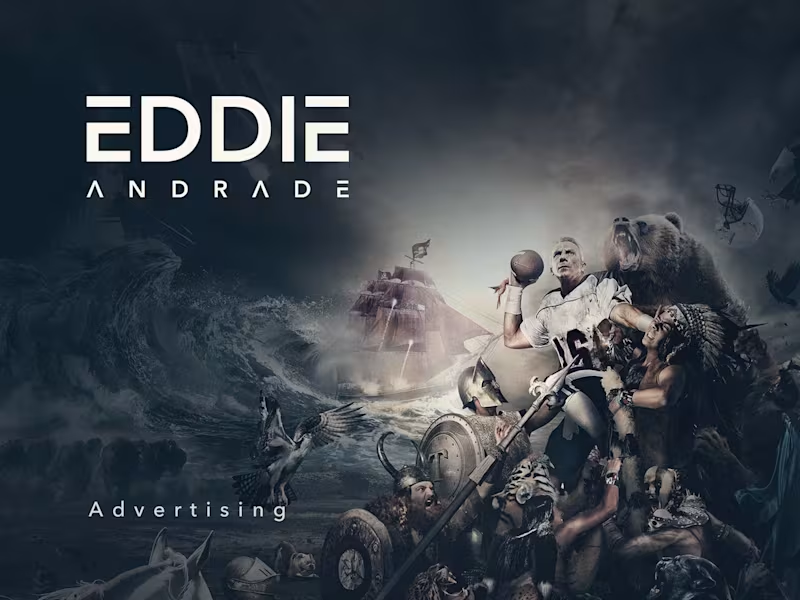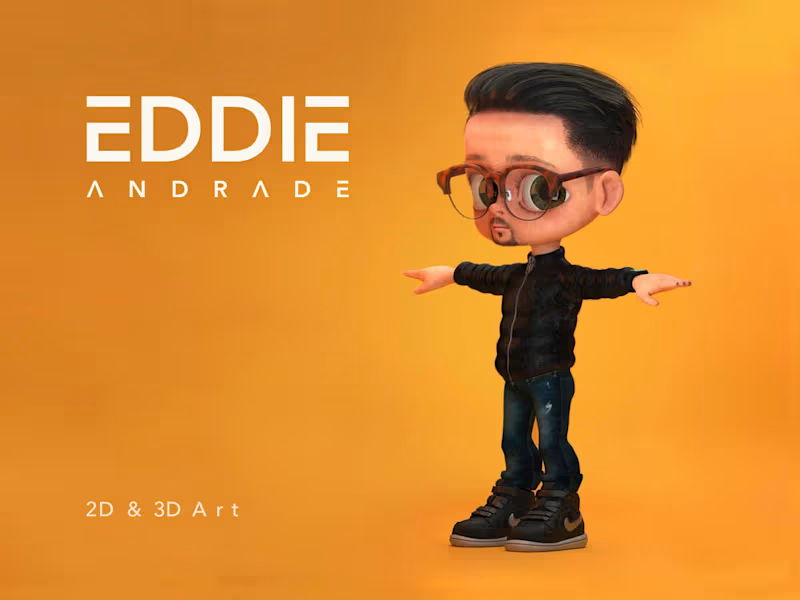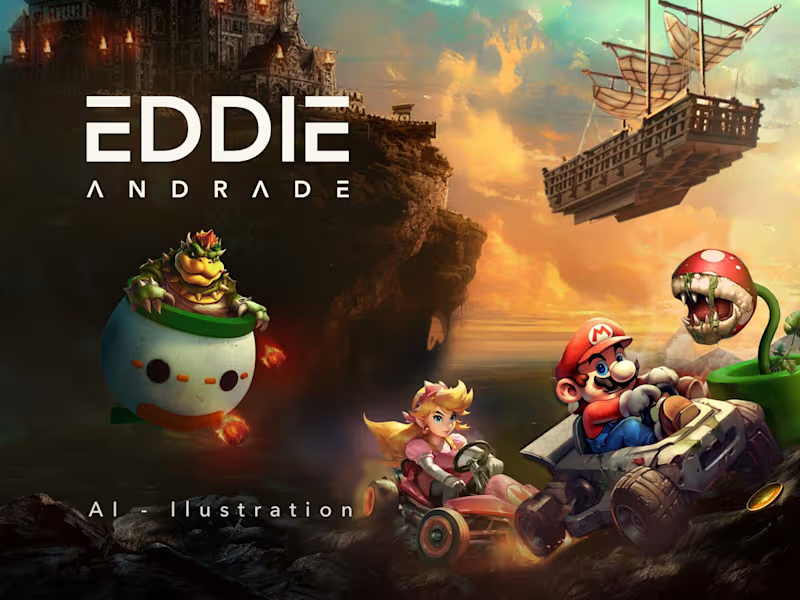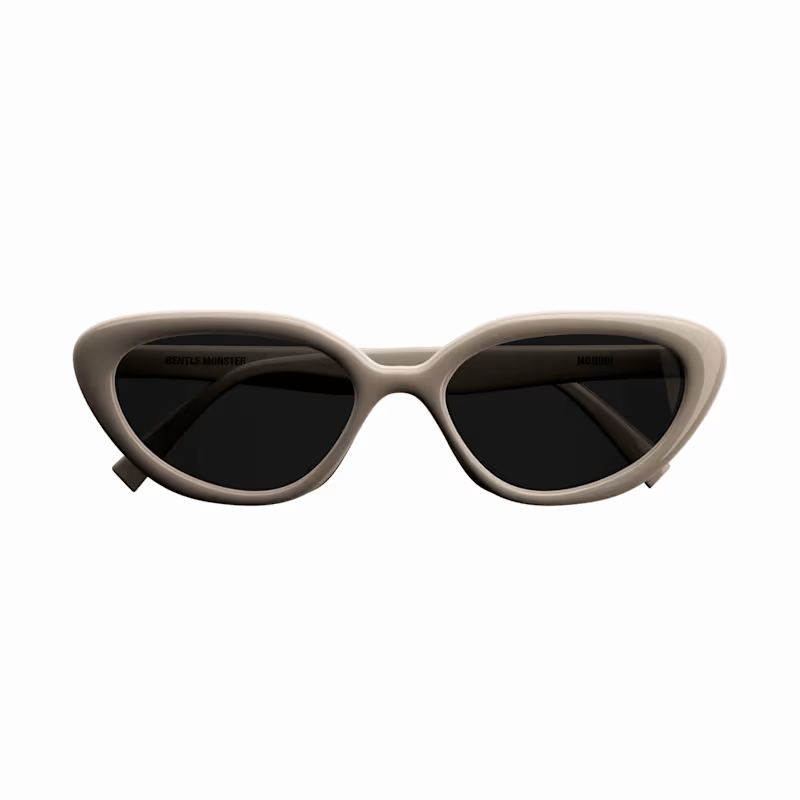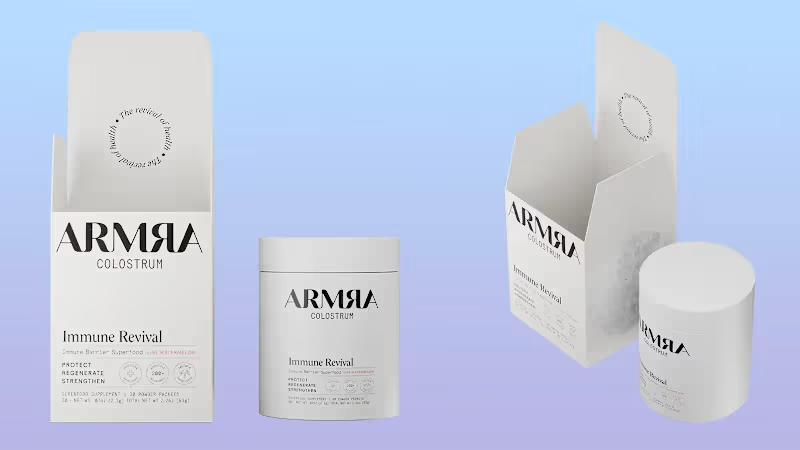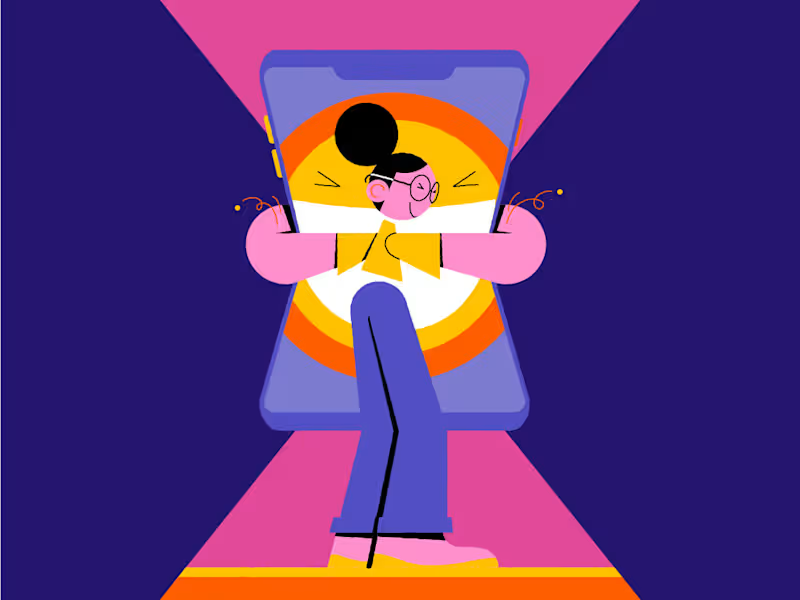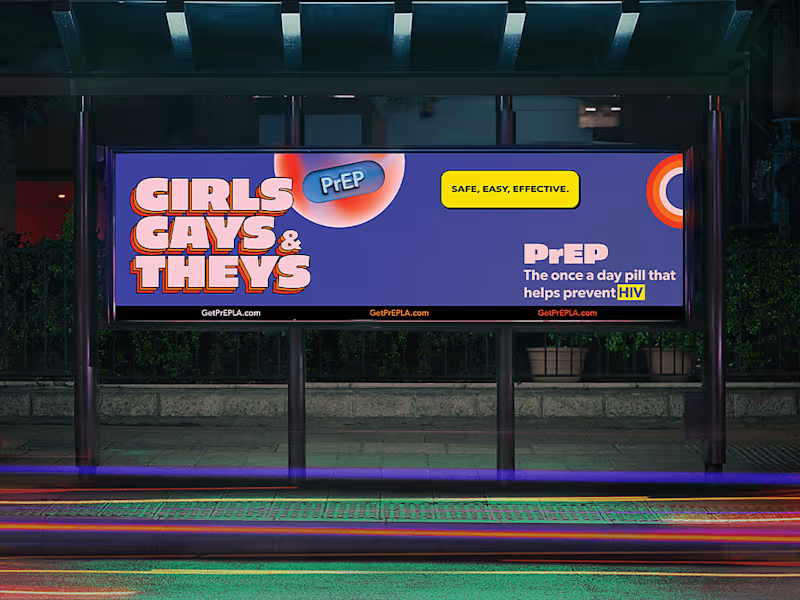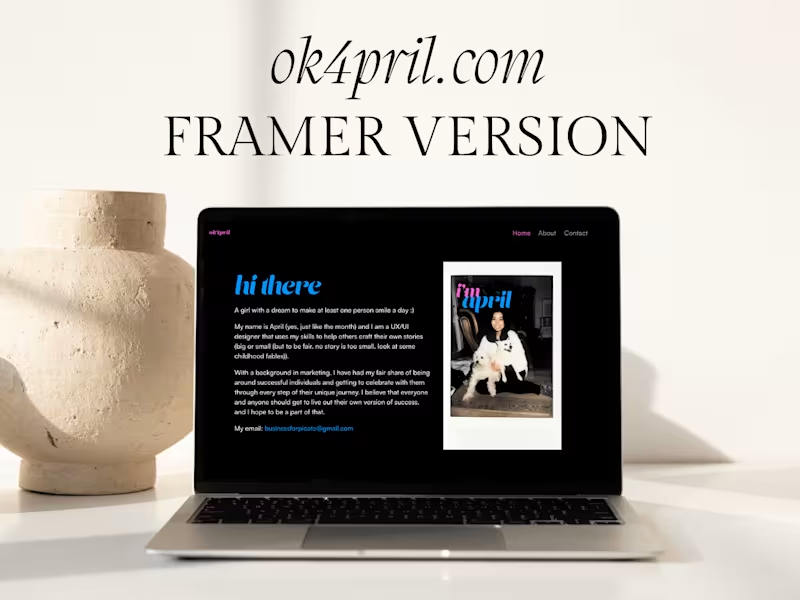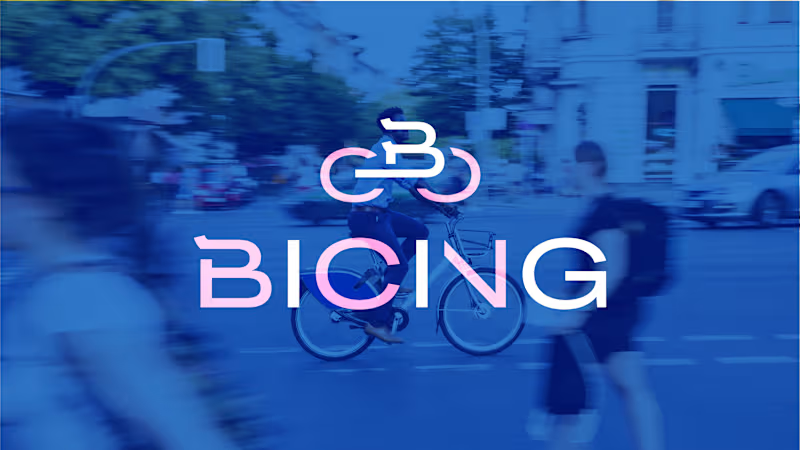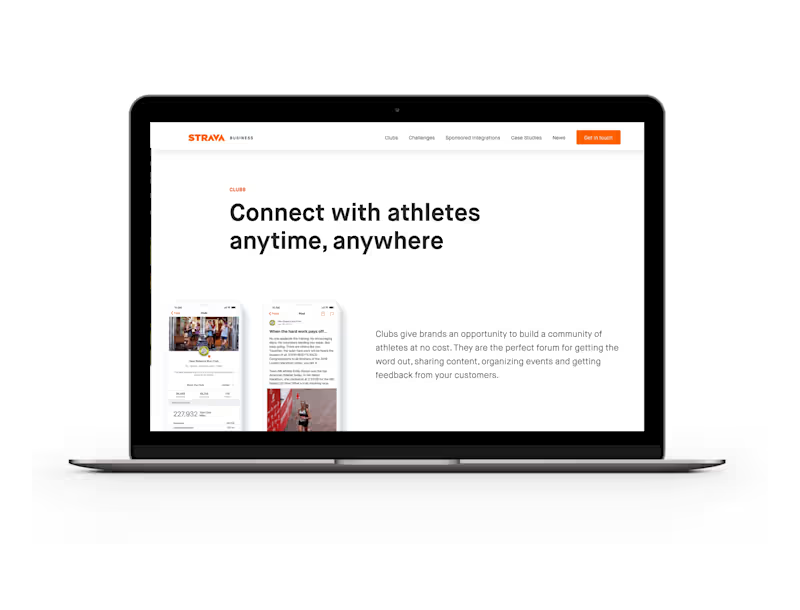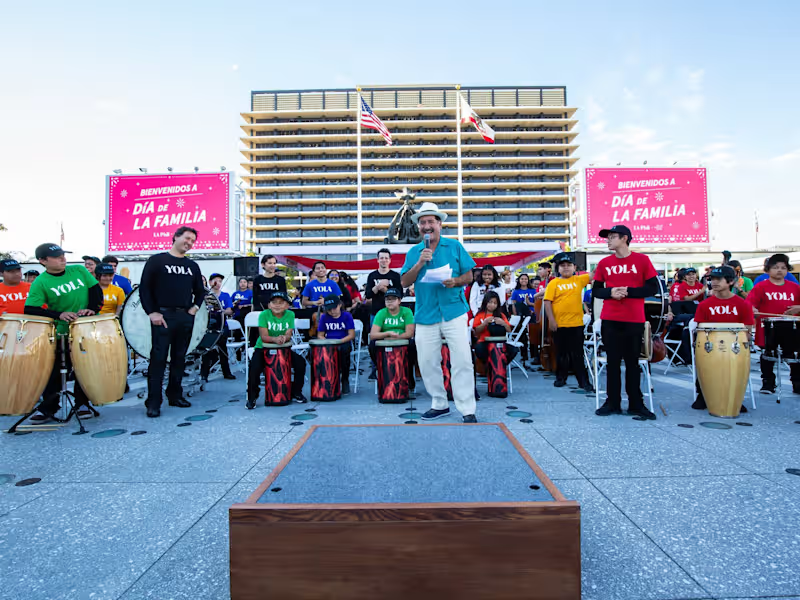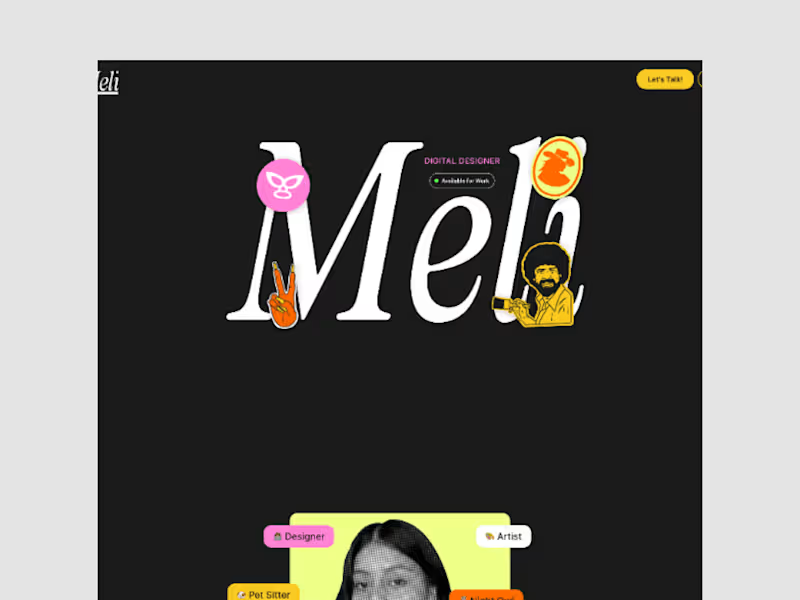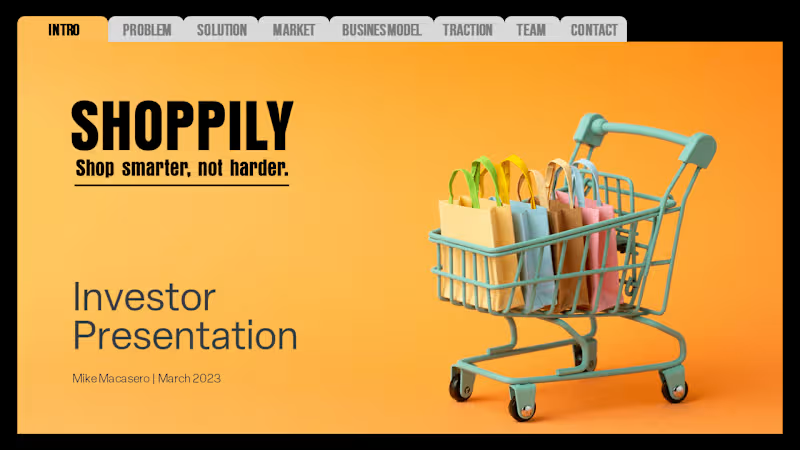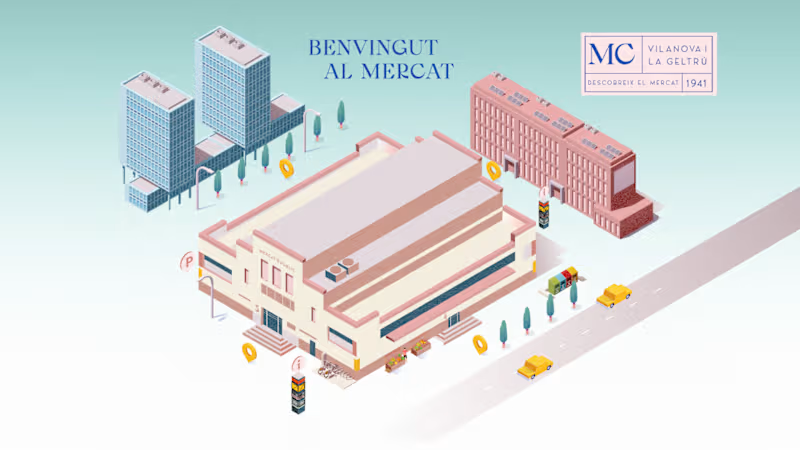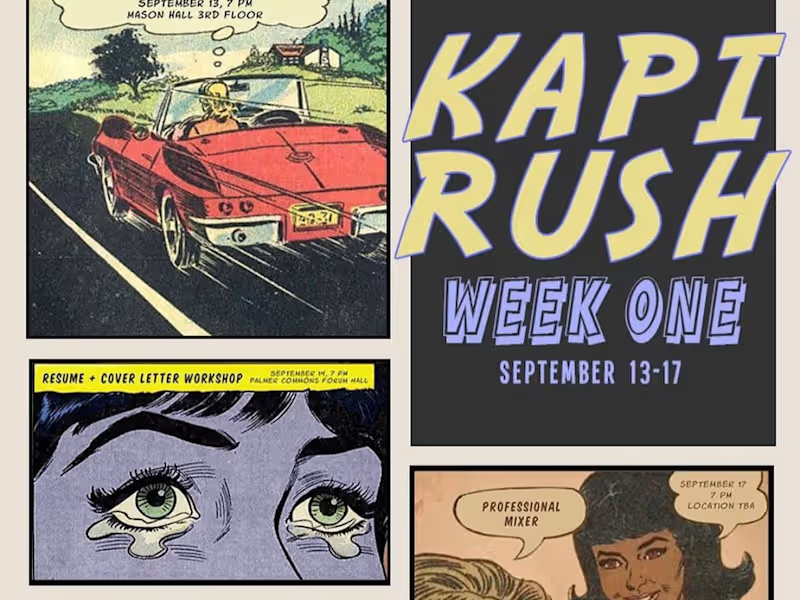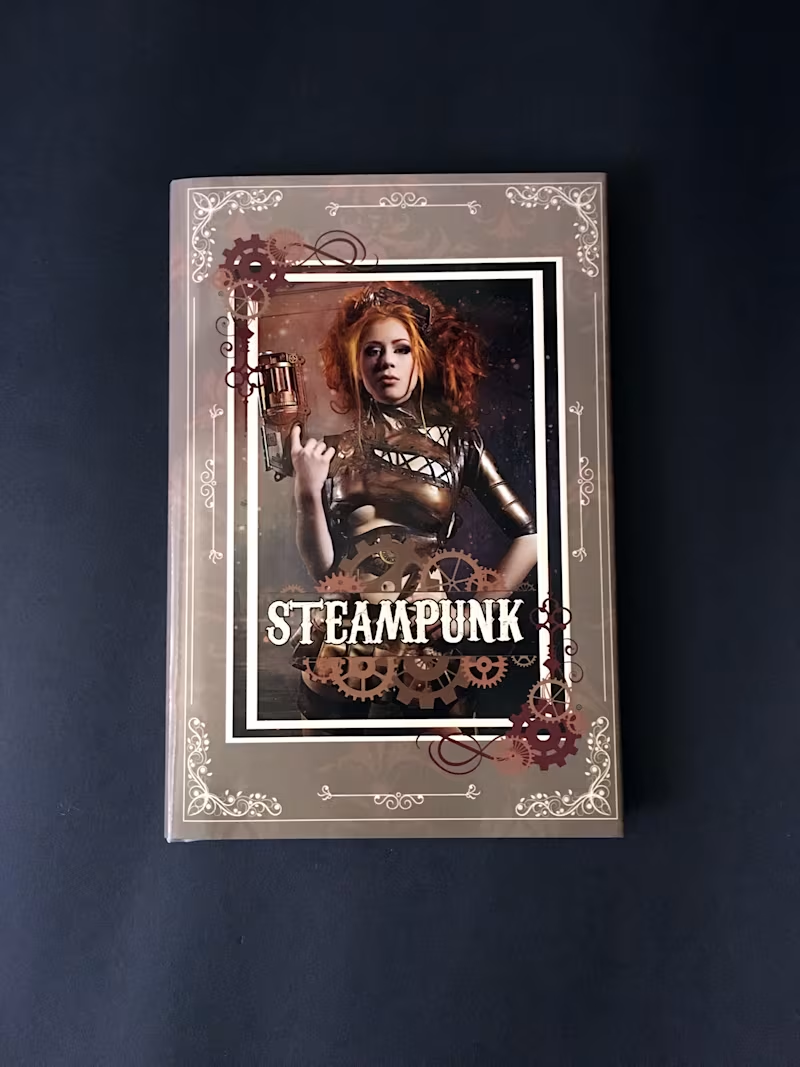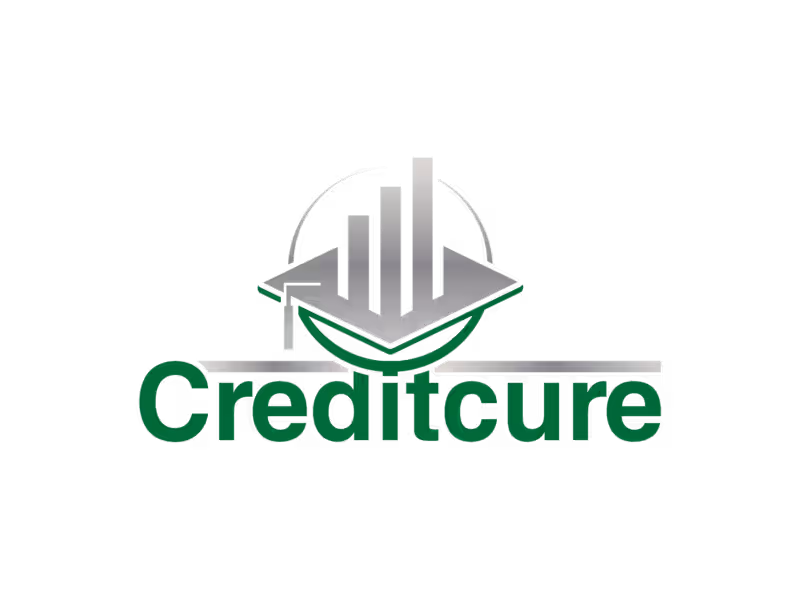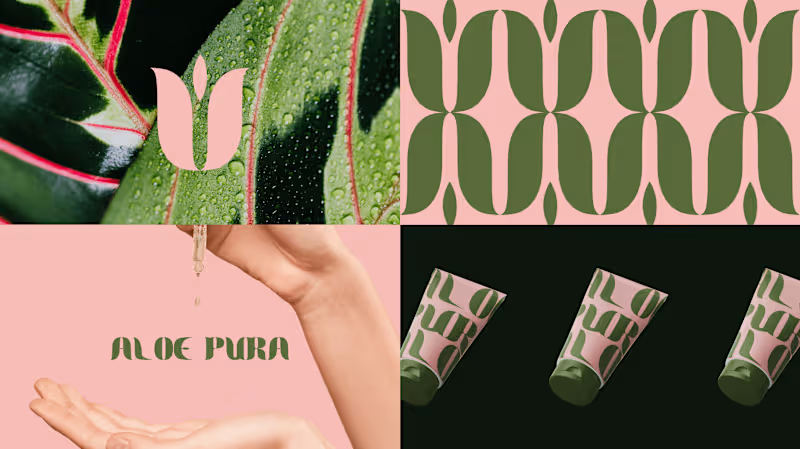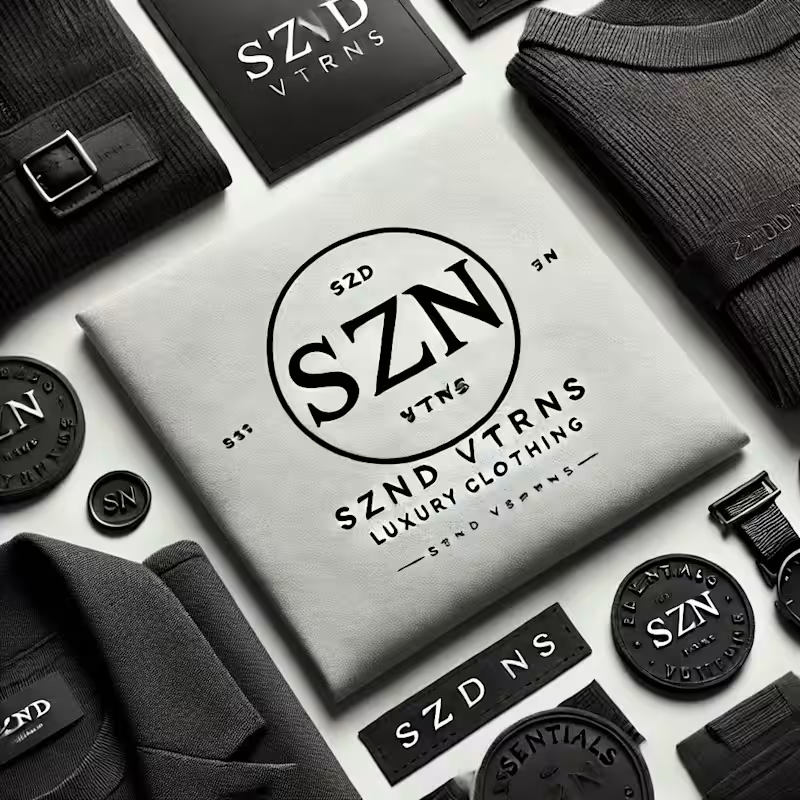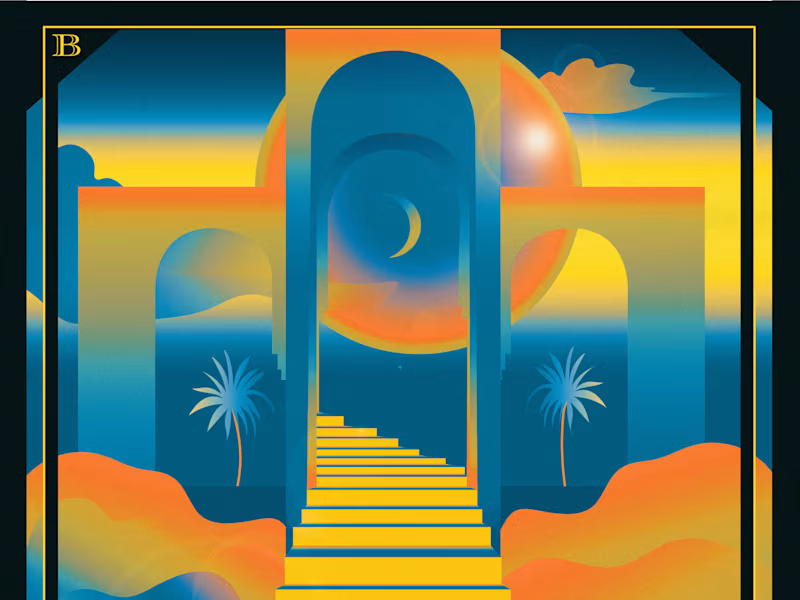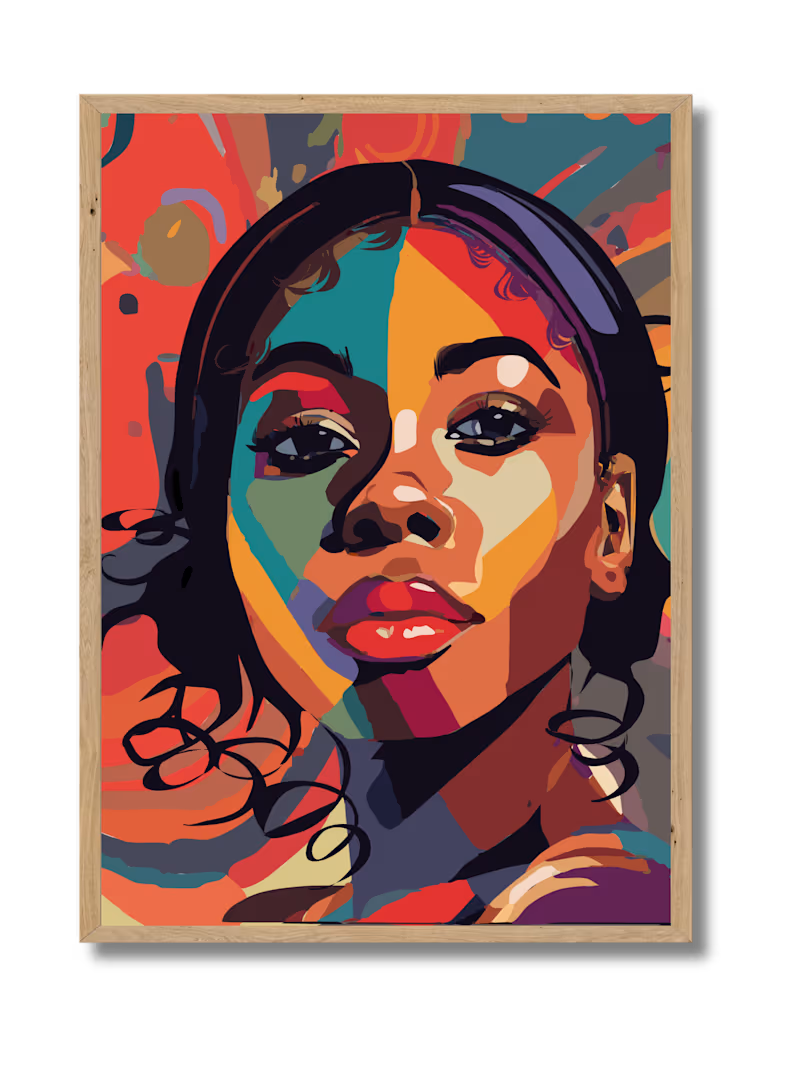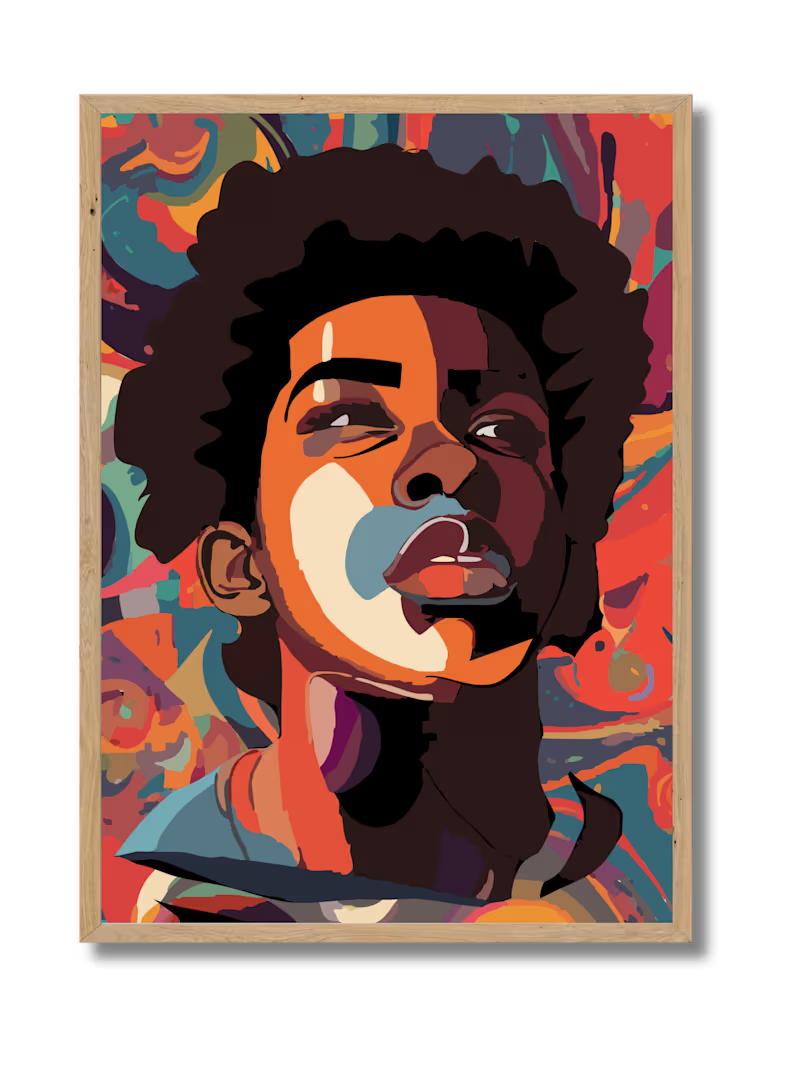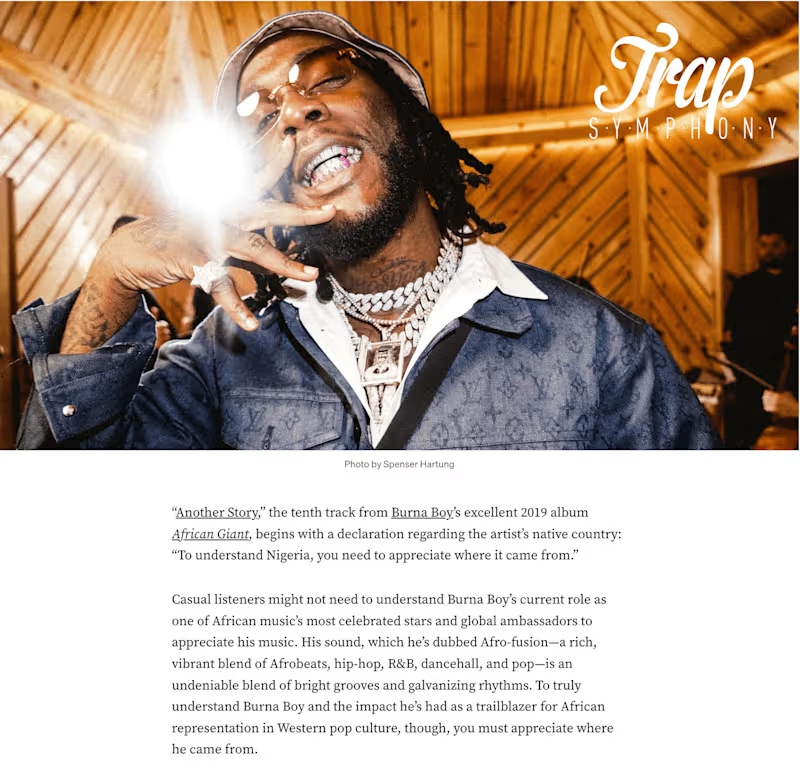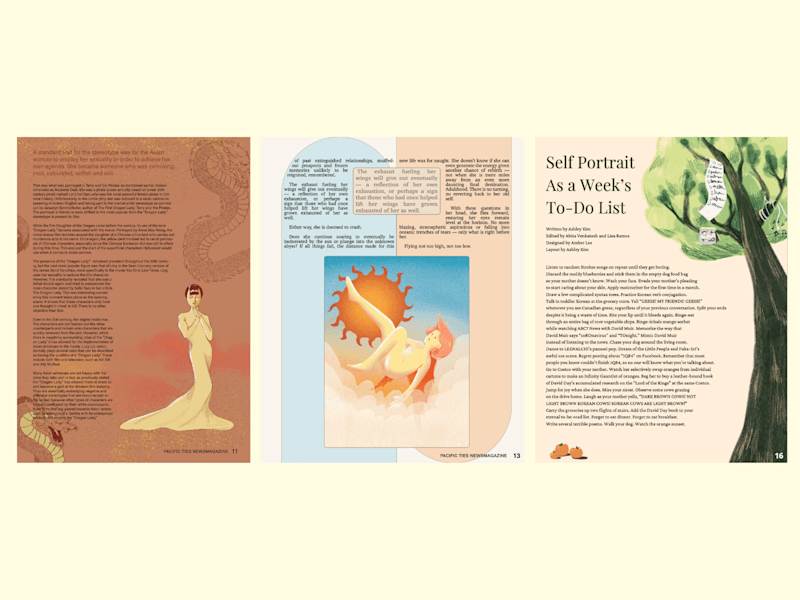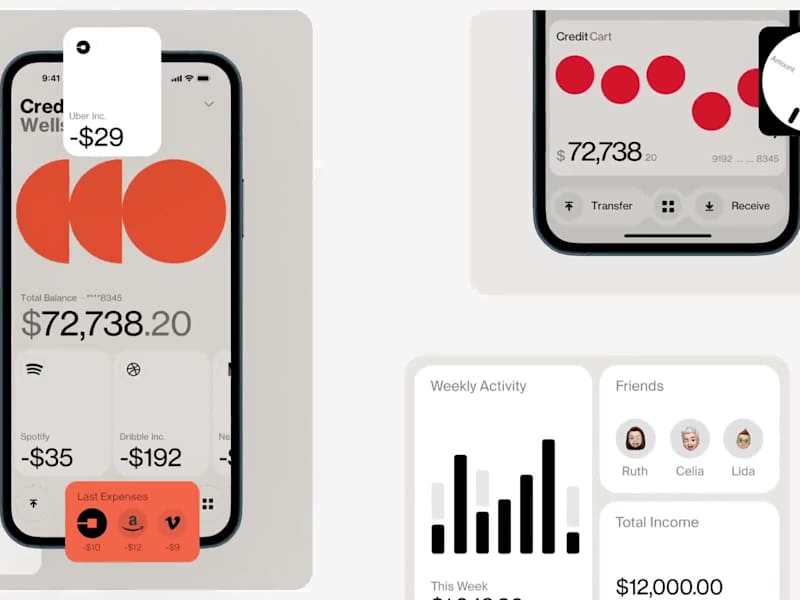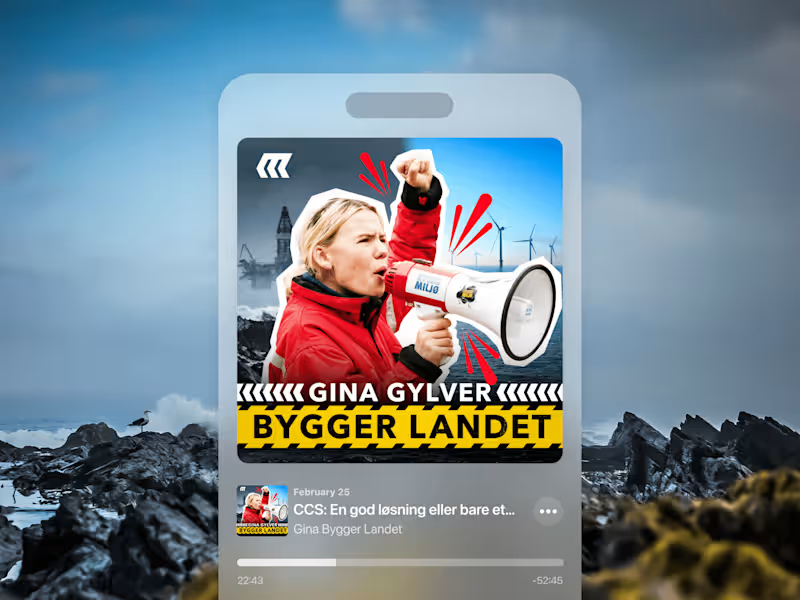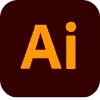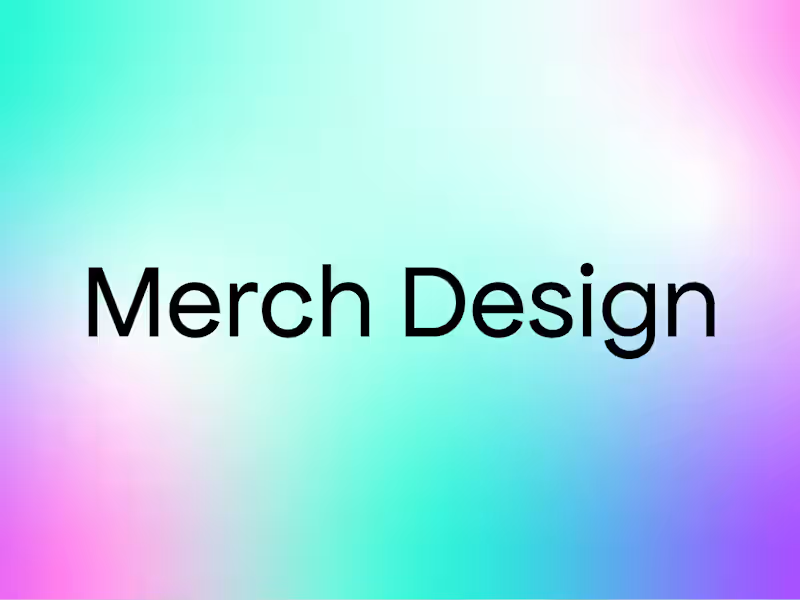How can I make sure the designer’s style matches my brand?
To ensure the designer's style matches your brand, review their portfolio carefully. Look for projects that align with your brand's aesthetics and values. It's also helpful to share your brand guidelines or visual inspirations to see how they interpret your brand’s image.
What should I include in the project brief?
A clear project brief should include your goals, target audience, and desired outcomes. Specify the visual elements you want, like colors or design feel. The more detailed your brief, the better the designer can understand your needs.
How can I agree on project milestones?
Divide the project into clear phases, like initial sketch, draft, and final design. Decide together on deadlines for each milestone to keep everything on track. This way, you both have clear expectations throughout the project.
What is important to discuss during a kick-off meeting?
A kick-off meeting is a great time to go over the project timeline and deliverables. Discuss communication preferences and how often you’ll check in. Make sure both sides understand the project goals and any constraints.
How can I ensure the designer understands California consumer preferences?
Share insights or data on California market trends or consumer preferences. Familiarity with local styles and California culture can help designers create more relatable designs. This is important if your target audience is primarily in California.
What do I need to know about sharing feedback effectively?
Give specific and clear feedback to avoid misunderstandings. Point out what you like and what needs changes in a constructive way. This helps the designer know exactly how to refine the designs to meet your expectations.
How do I set realistic timelines for a design project?
Consider the scope and complexity of your project when setting a timeline. Discuss with the designer to understand how long each phase may take. This collaboration can help you agree on a timeline that feels reasonable and achievable.
Why is it important to discuss rights and usage of the design?
Clarifying rights ensures you can use the design as needed for your business. Agree on whether the designer retains any rights or if they are fully transferred to you. This avoids any future confusion about how the design can be used and shared.
How can I ensure a smooth payment process?
Agree on payment terms before starting the project, like whether it’s by milestone or lump sum. Prioritize clear communication about when and how payments will be made. This transparency helps maintain a positive relationship.
Why should I confirm all deliverables before the project starts?
Knowing all deliverables in advance helps set clear expectations. It ensures both you and the designer are on the same page about what will be provided. This clarity can lead to a more efficient and successful project execution.
Who is Contra for?
Contra is designed for both freelancers (referred to as "independents") and clients. Freelancers can showcase their work, connect with clients, and manage projects commission-free. Clients can discover and hire top freelance talent for their projects.
What is the vision of Contra?
Contra aims to revolutionize the world of work by providing an all-in-one platform that empowers freelancers and clients to connect and collaborate seamlessly, eliminating traditional barriers and commission fees.
- $1k+
- Earned
- 2x
- Hired
- 3
- Followers
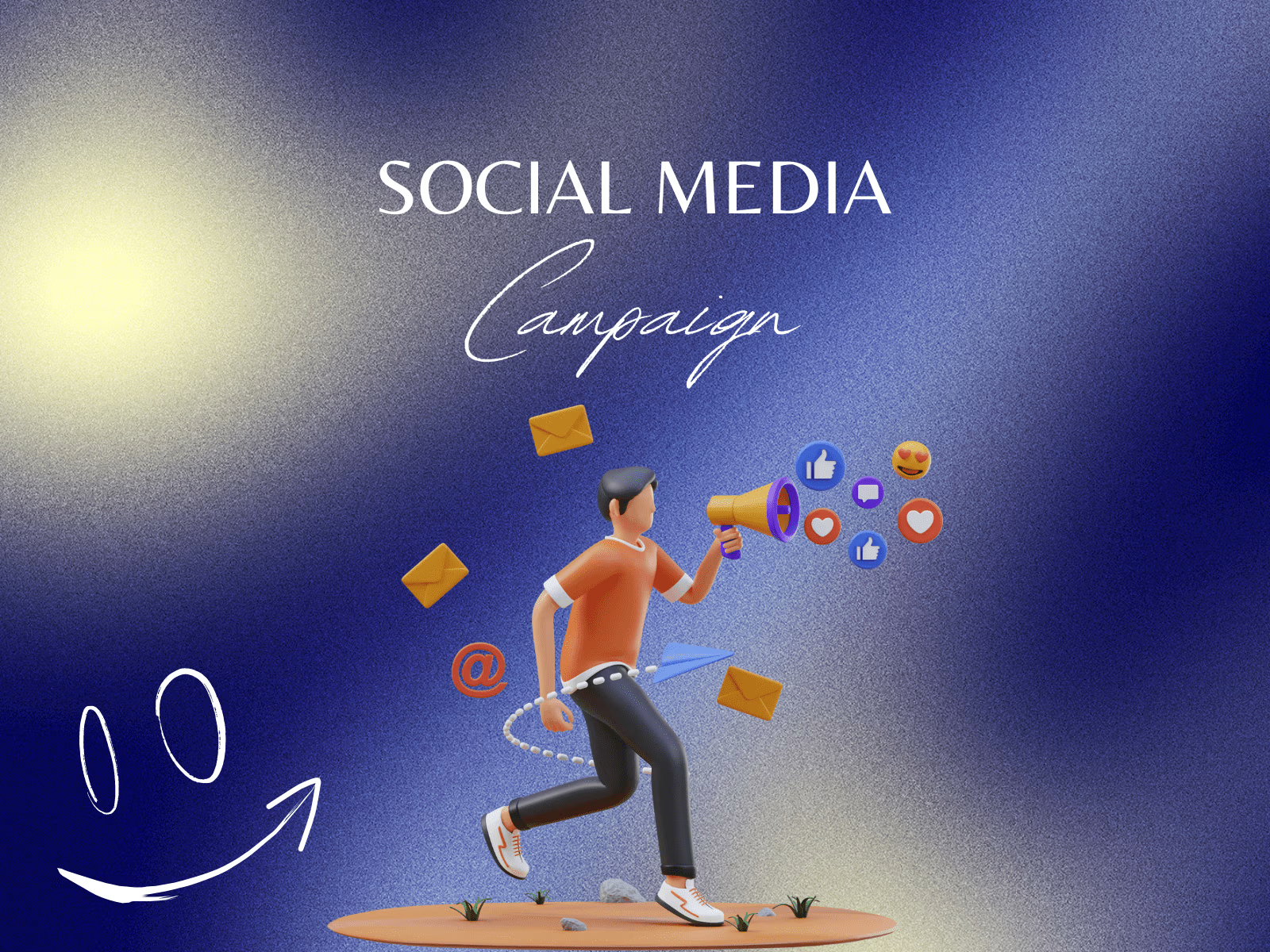
- $1k+
- Earned
- 1x
- Hired
- 3
- Followers
- $1k+
- Earned
- 1x
- Hired
- 5.0
- Rating
- 1
- Followers





























